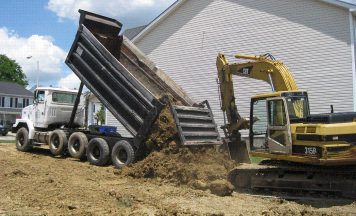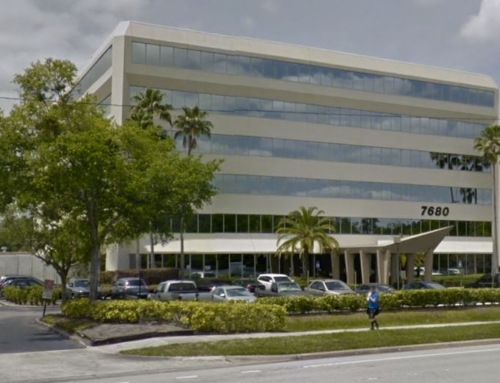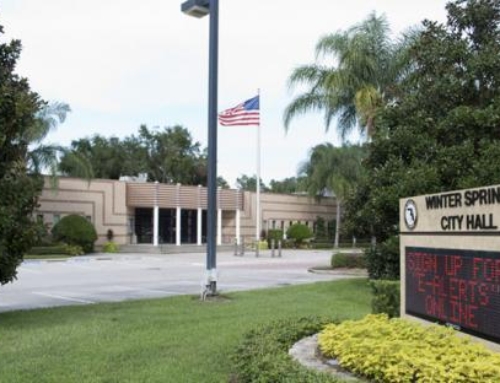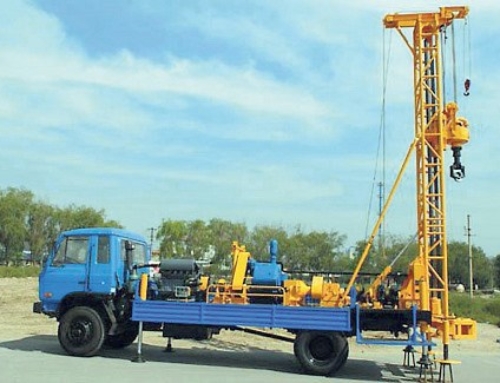uring a routine compliance inspection of the City’s tank system, it was determined that the overfill protection device of a 10,000 gallon underground storage tank (UST) containing gasoline was damaged, resulting in the release of petroleum products through the overfill device over time. Upon this discovery and submission of a discharge notification form (DNF) to the FDEP, the City to develop a source removal plan and to initiate source removal efforts. The source removal efforts had to be performed on an aggressive schedule prior to the July 4th holiday, so that the City could maintain fire/rescue and police service without interruption during holiday events.
Activities involved the removal of the concrete surrounding the overfill protection device and excavation of approximately 40 tons of soil impacted by petroleum products. During and following the excavation process, a City vacuum truck was utilized to extract groundwater from the open excavation in order to remove contaminant mass from the groundwater. Extraction of water continued over a short duration, approximately one week, with the contaminated water being transported to the City wastewater facility for treatment. Headspace soil screening was conducted to verify the endpoints of source removal. After achieving levels of less than 10 ppm as measured with an OVA-FID, soil verification samples were collected and submitted to a NELAP certified laboratory for analysis of petroleum constituents.
Once it was confirmed that the majority of soils impacted by petroleum products had been excavated the source removal efforts were discontinued. Due to the proximity of some of the impacted soil to the existing UST, it was impossible to excavate all contaminated soils. The remaining soil and groundwater in the open excavation were then treated with Petrox, a biological enhancement. The application of this material was performed after obtaining approval to use alternative procedures from the FDEP’s Tallahassee office and was applied to contaminated soils in juxtaposition to the UST during the backfilling operation. Temporary monitoring well was also installed and sampled to evaluate groundwater quality in the area near the overfill protection device. The contaminated soil was transported off-site to a thermal treatment facility. The field data, laboratory analytical data, waste disposal manifests and certificates, and the source removal form was compiled into a complete Source Removal Report (SRR) and submitted to the Seminole County Petroleum Storage Tank Bureau (SCPSTB). Approval of the SRR, Chapter 62-770.300 FAC was granted by SCPSTB on December 18, 2003.





